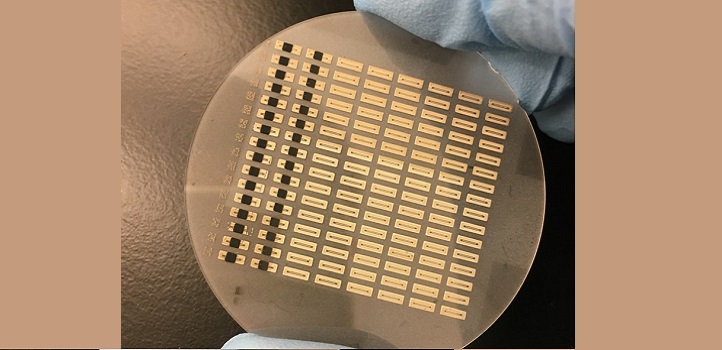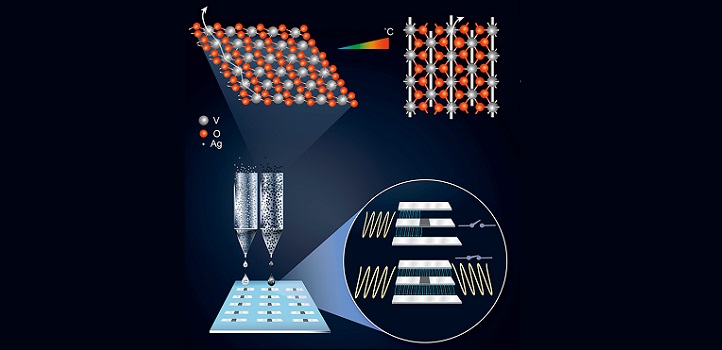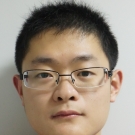Electrical Engineering
One switch to rule them all
Inkjet-printed switches make multiple frequency bands easier and cheaper to manage in wireless devices.

Frequency-tunable communication modules, such as antennas and filters, are expected to help miniaturize wireless devices. Researchers at KAUST have created switches that enable control over these modules in response to stimuli.
Mobile devices to support multiple standards, such as a global positioning system and a global system for mobile communications, require antennas that are capable of covering several frequency bands. “Radio-frequency switches are the key to realizing cost- and space-saving frequency-tunable antennas and filters,” says Ph.D. student Shuai Yang, who worked on the project with his supervisor Atif Shamim.
Commercially available radio-frequency switches have performance limitations and involve convoluted fabrication approaches that require expensive materials and tools.
Now, Shamim’s team has developed a cost-effective inkjet-printing method to generate switches. “Just as for newsprint, the cost of printed electronics is extremely low,” says postdoctoral fellow Mohammad Vaseem, who is also an author on the paper. The switches consisted of thermally and electrically responsive single layers of vanadium dioxide.

Vanadium-dioxide nanoparticles in the ink adopt different crystal arrangements under heating or applied electrical current (top). Silver-nanoparticle- (left) and vanadium-dioxide-nanoparticle-based inks (right) were sequentially printed onto a surface to produce the underlying electric circuitry and the switch (bottom).
© 2018 Shuai Yang, Mohammed Vaseem
The researchers synthesized vanadium-dioxide nanoparticles with a specific crystal arrangement to create the desired ink. They printed two different switch configurations that could be triggered thermally and electrically. The performance of these switches was comparable to their nonprinted analogues, but at much lower cost.
As a proof-of-concept experiment, the team incorporated the switch in a tunable antenna printed on a flexible substrate. At room temperature, the antenna could work in the range corresponding to future 5G communications. When heated, the switch allowed the antenna to operate in the WiFi and Bluetooth range.

The researchers obtained two thermally and electrically responsive switch configurations on a sapphire surface (left) as well as a tunable antenna operating in two different frequency ranges (right) © 2018 Wiley-VCH
Reproduced with permission from reference 1 © 2018 Wiley-VCH
“When fully printed electronics become mature for industrialization, our switch will be useful for mass-producing smartphones and other wireless devices,” says Yang.
In preparation for these developments, the team is building an accurate switch model for computer simulations. “We are also working on improving the performance of the switch,” adds Vaseem.
References
- Yang, S., Vaseem, M. & Shamim, A. Fully inkjet-printed VO2-based radio-frequency switches for flexible reconfigurable components. Advanced Materials Technologies 4, 1800276 (2018).| article
You might also like

Bioengineering
Smart patch detects allergies before symptoms strike

Computer Science
Green quantum computing takes to the skies

Electrical Engineering
Micro-LEDs boost random number generation

Bioengineering
Sensing stress to keep plants safe

Computer Science
Sweat-sniffing sensor could make workouts smarter

Electrical Engineering
New tech detects dehydration by touching a screen

Electrical Engineering
A new interface for efficient electronics

Electrical Engineering




